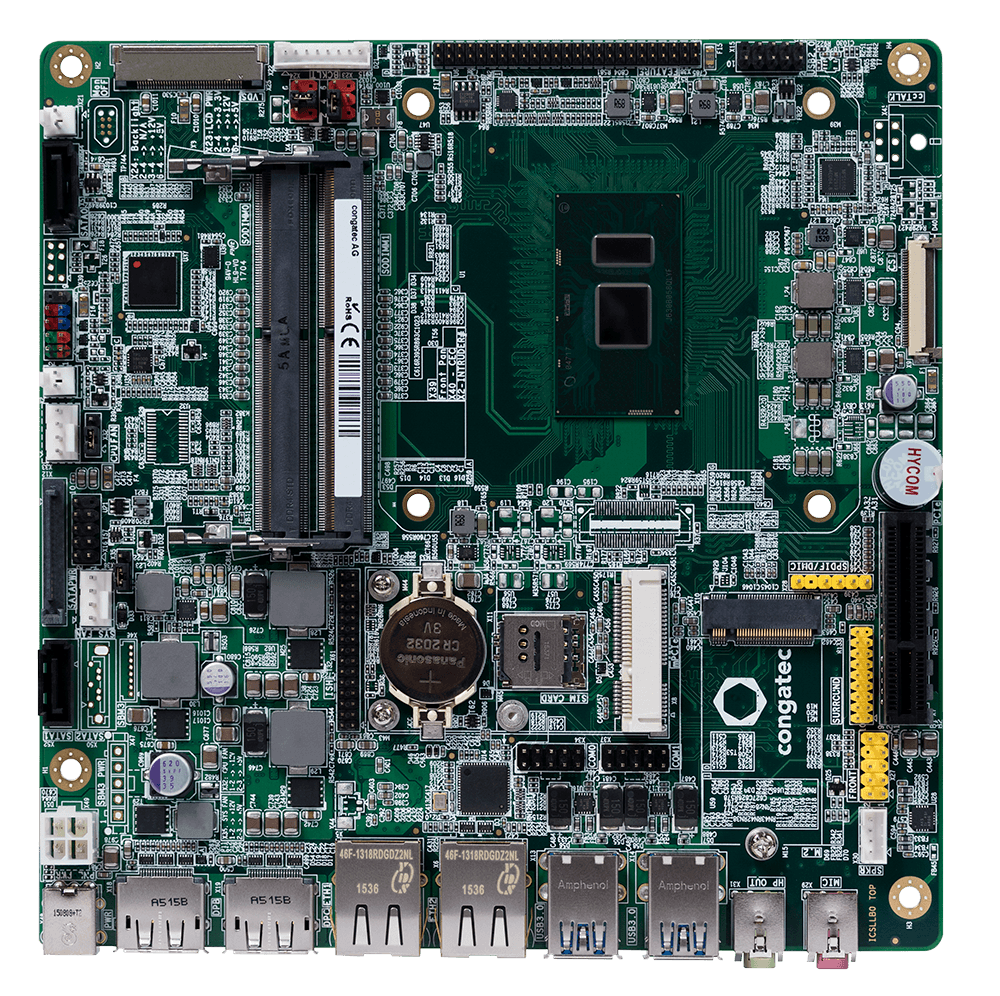
These are the four numbers you see in memory timings on product specifications. Higher-end motherboards will allow you to directly adjust the timing values of RAM the list of these values is long. For best results though, leave this on auto. If you're left with strange frequencies after adjusting BCLK, it's best to pick the fastest one that isn't faster than the memory's rated spec. Instead, you're left with options based on the BCLK multiplied by the memory's frequency multiplier. However, unlike BCLK on the processor, you can't chose an arbitrary frequency. Memory Frequency: Sets the operating frequency of the memory. On older machines, it'll be called "Vanderpool." Memory Options On Intel machines, it may be called VT-x, while AMD machines it may be called AMD-V. X86 Virtualization: If your processor supports it, this will help virtual machines perform at near native level. These are useful to turn off when attempting extreme overclocking to keep the processor from switching power states.
Acpi x86 based pc graphics card full#
If you prefer to have your processor running at full speed all the time, disable this.Ĭ-State Options: The C states (denoted by C# State) are processor power levels. Intel SpeedStep/AMD Cool'N'Quiet: Both options will adjust the clock frequency of the processor to lower frequencies if it's not doing much and bump it back up to normal if it becomes busy. It's best to leave this alone unless you've been touching BLCK, run into stability issues, and have run out of other options to tweak. While it might be tempting to tweak this, thinking it could help with graphics, it won't actually do much for the graphics card. Host Clock/PCIe Clock: As the name suggests, this is used for adjusting the processor's on-board PCI Express controller frequency. And note that frying doesn't have to show any signs of physical damage to the part. Even a relatively small change (about 15 percent) can fry the CPU. This should normally be left on, although if you're doing some serious overclocking, it may help with stability to turn it off.ĬPU Voltage: This is useful if you're overclocking, as higher clock speeds require higher voltages. This doesn't reduce the total amount of EMI, but it helps prevent all of it from being concentrated on the frequency of interest, namely the processor's clock frequency. Spread Spectrum: As the name suggests, this option is used to spread the electromagnetic interference (EMI) coming off the processor across a broader range of frequencies. However, this is only supported on the following processors: Changing this value is the easiest way to overclock. Normally, this only affects the cores themselves, and not the other parts of the processor, such as the memory controller or integrated GPU.

However, since this affects everything on the processor, including memory controller and integrated GPU, you normally can't tweak this value very high before stability issues start.ĬPU Ratio: This allows you to change the frequency multiplier of the processor.


If the motherboard supports changing this option, it provides is a universal way to overclock the processor, even if you don't have a processor that was marketed for it, such as Intel's non-K processors. BCLK/Base Clock: This is the main system clock for the processor.


 0 kommentar(er)
0 kommentar(er)
